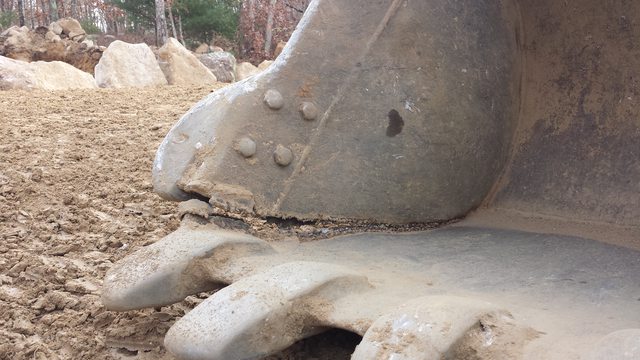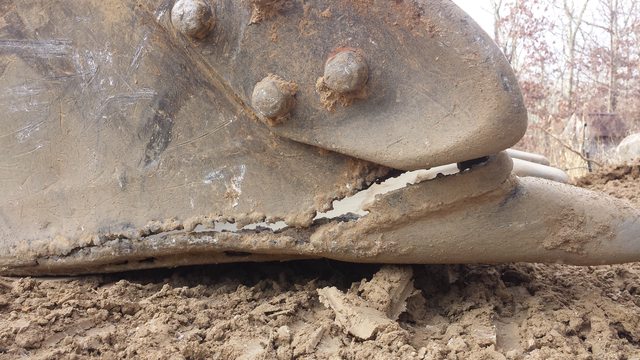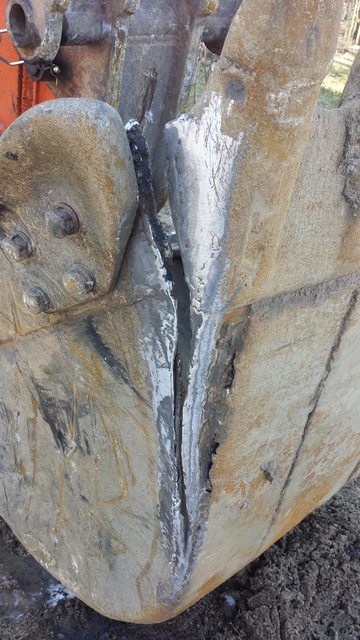Egetebee
Well-Known Member
Hello Everyone,
I've torn the bucket on our EX120. It was previously welded along this same edge with a small strapping and held for quite some time but finally gave up.
I can reweld it but am not sure how to reinforce the area.


Based on the posted pictures, does anyone have advice for repair?
Thank you,
E
I've torn the bucket on our EX120. It was previously welded along this same edge with a small strapping and held for quite some time but finally gave up.
I can reweld it but am not sure how to reinforce the area.


Based on the posted pictures, does anyone have advice for repair?
Thank you,
E





